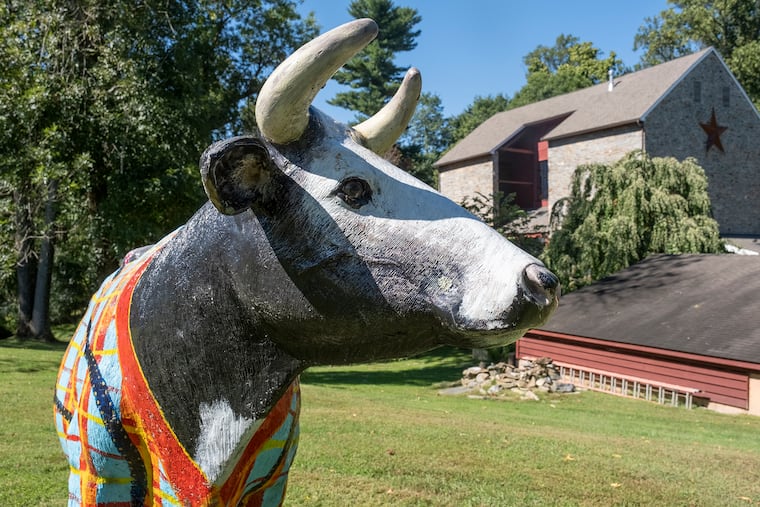An 1830 bank barn in West Chester has been converted for modern living
“Things are quirky and weird, but when you have an old house, this is just what it is,” the owner says.

“Things are quirky and weird, but when you have an old house, this is just what it is,” the owner says.
